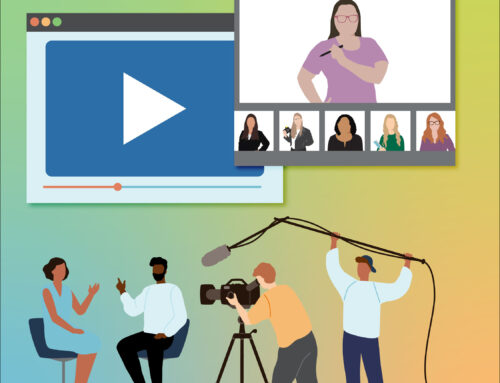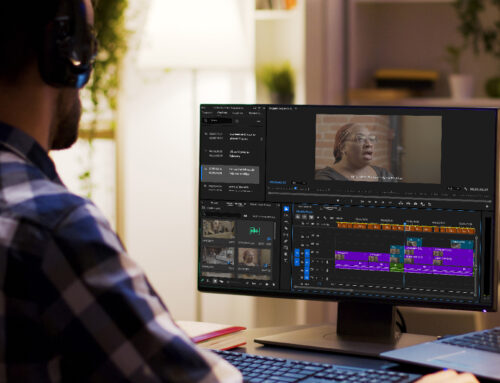Clients tasked with creating fully accessible online documents can often find the process tedious, difficult, and time-consuming. Getting your document compliant can be challenging – Circuit Media’s accessibility team understands this challenge and has come up with a few ways to keep you on track.
DESIGN
Ensuring your design file is set up to export correctly with accessible tagged framework is often your first step in 508 compliance.
The first step to create a fully compliant document involves utilizing preset text headings (Word) or paragraph styles with tag export options (InDesign), your tools to guide you to success will be the grouping tool, export settings, and links. Additionally, artifact/decorative image tagging, image adjustment, working links, and alternative text are necessary.
FILE
Exporting your doc can be tricky – and you need to be sure you’re selecting the right settings for your first step to count toward compliance.
If you need your file to be a .pdf – congratulations, your job is much easier because Acrobat allows you to add correct and organize tags easily via the Accessibility Tool.
If you have a .doc or .pptx, you can use Microsoft’s Accessibility Checker housed in the Reading Order tab. From that same tab, you can check the reading order and tagging in a Word doc. Also, good news if you started building your document in either of these Microsoft Office programs because now you can bypass any initial Design or setup considerations.
TESTING
After you’ve exported to your final file format, you need to check that your document is compliant.
There are a few different ways you can check a document and you’ll need to find one that works best for you and your team but if you’re working in Acrobat, we recommend using their native compliance tool to check on that first.
After you’ve run your initial check and fixed any errors, you should also test your document with a screen reader. Most computers have a native screen-reading software but it’s wise to check using screenreaders commonly used by people with disabilities, such as JAWS, or the open-source screenreader NVDA to be sure you don’t have any issues. If you’re still concerned there may be problems, you can purchase or download a third screen reader software to triple check yourself.
COMPLIANCE
Accessibility and Section 508 compliance can be a daunting task if you’re just starting out. There are many steps and strict standards that must be adhered to in order to ensure a job well done.
Want some help getting started with accessibility? Reach out to us today to get started: [email protected].




